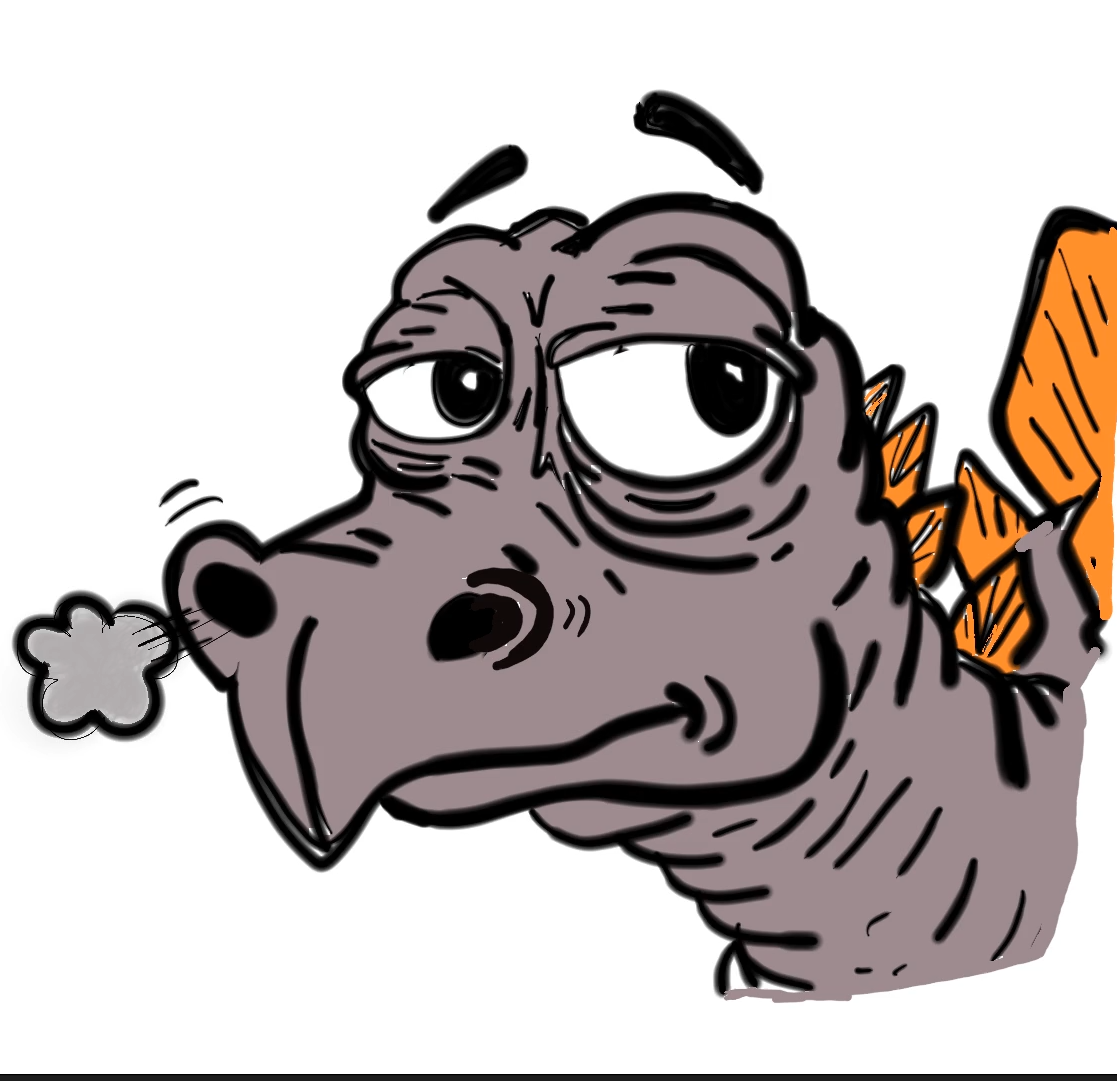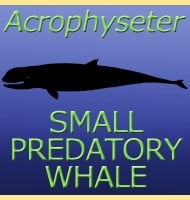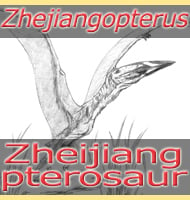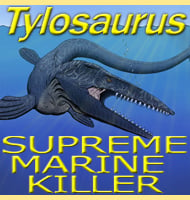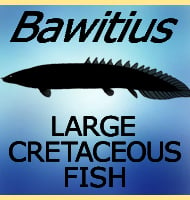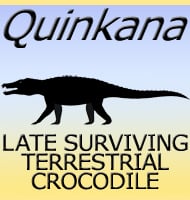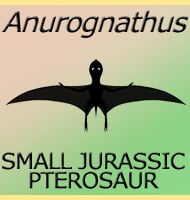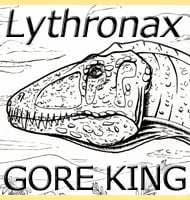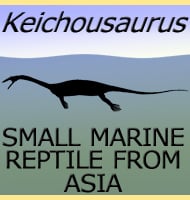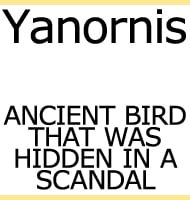In Depth
Among the pterosaurs Quetzalcoatlus is usually treated as one of if not the largest known pterosaur, and so for a long time any large pterosaur bones of the azdharchid line (which Quetzalcoatlus belongs to), were usually attributed to the genus. These included the growing numbers of large azdharchid pterosaur bones that were being found within the Dinosaur Park Formation of Canada. However, as more of these bones were found and looked at more closely it was realised that while they belong to a large azdharchid pterosaur, they actually represented a whole new genus. In 2019 these fossils were used to establish the pterosaur genus Cryodrakon.
As mentioned, Cryodrakon was a large pterosaur of the azdharchid line. In fact Cryodrakon seems to have been one of the largest pterosaurs so far known, with larger fossils of Cryodrakon suggesting that larger adults could have had wingspans approaching ten meters across. This would make Cryodrakon only a little bit smaller than Quetzalcoatlus, and larger than most other pterosaurs.
Further Reading
- Cryodrakon boreas, gen. et sp. nov., a Late Cretaceous Canadian azhdarchid pterosaur. - Journal of Vertebrate Paleontology. 39 (3): e1649681. - D. Hone, M. Habib & F. Therrien - 2019.
